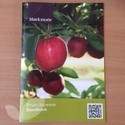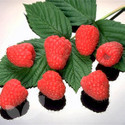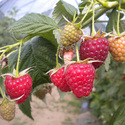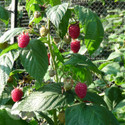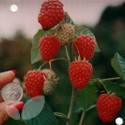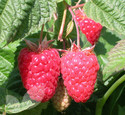If you want to grow any plant or tree in the garden or allotment well, I believe that it is essential to consider several criteria before planting. After all you wouldn’t choose to build a house without a properly thought out site and foundations, would you?
In my opinion there are four major cornerstones which act as a foundation for either success or failure in growing – a suitable site, the careful selection of the varieties and kinds of fruit to grow, keeping the plants and trees healthy and an early identification of any pest or disease problems. So, in this blog I am going to talk about the choice of site and its preparation.
The first thing is to decide where you are going to plant. It is fairly critical that the site is not permanently waterlogged nor wet for large parts of the year, as this will either cause roots to rot or simply prevent good growth, has a relatively sunny aspect although some shade can be tolerated and is not in a frost pocket. A frost pocket often occurs where frost cannot “roll” away e.g. at the bottom of a hollow or hill or next to a large hedge or wall which will prevent the frost rolling away. Generally all fruit blossom will be damaged by frost so it is best to avoid locations where it can be most damaging. It is also important not to plant too close to large existing trees as the competition for water and soil nutrients will severely affect the growth of your plants and trees.
A factor that is important to note is to never replant fruit trees or plants of the same kind in the same location that they were removed from as specific plant diseases can build up in the soil and this can cause very poor or minimal growth. For example, if removing an apple tree do not plant another apple or a pear on the same site but if soil from elsewhere in the garden or allotment can be sourced to backfill around your tree you could plant a stone fruit such as peach, nectarine or plum. And the reverse also applies. When it comes to soft fruit bushes always dig out any previous plant roots and avoid planting a repeat of what was there previously.
In preference a good open aspect is ideal for all fruit plants and trees as this will encourage good growth and good ripening of fruit. Growing top fruit along walls or fences can be a good idea to maximize use of these features but do not plant too close to the wall or fence as drainage can be compromised and be prepared to water trees grown alongside warm walls in particular.
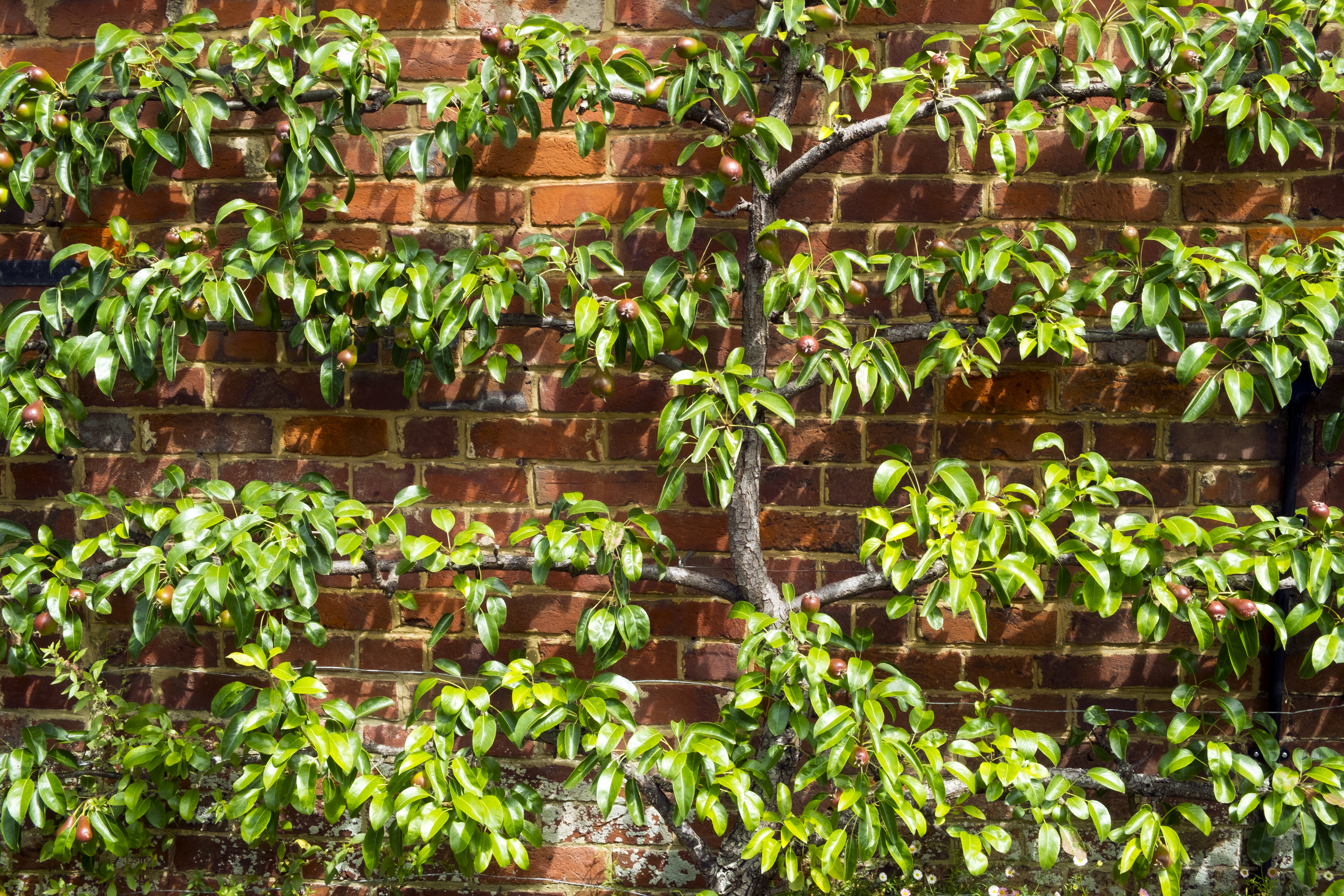
Having chosen your site the ground must be carefully prepared the first task is to ensure that the site is cleared of all weeds and any other growth. This is an absolute must as weeds will not only act as competition for water and nutrients but they can also harbour pests and diseases. My personal preference is to then thoroughly double dig the area to be planted as this will ensure that there is good drainage by breaking up any clay or gravel solid “pans” but will also enable plenty of organic matter to be worked into the planting area if the soil is very heavy or very light.
However do not use too much organic matter before planting gooseberries, currants or strawberries or too much leafy growth will be produced. I prefer to work blood, fish and bone into the soil in addition to organic matter as this acts as a natural slow release fertilizer. To achieve additional benefit when planting also add a handful of blood, fish and bone.
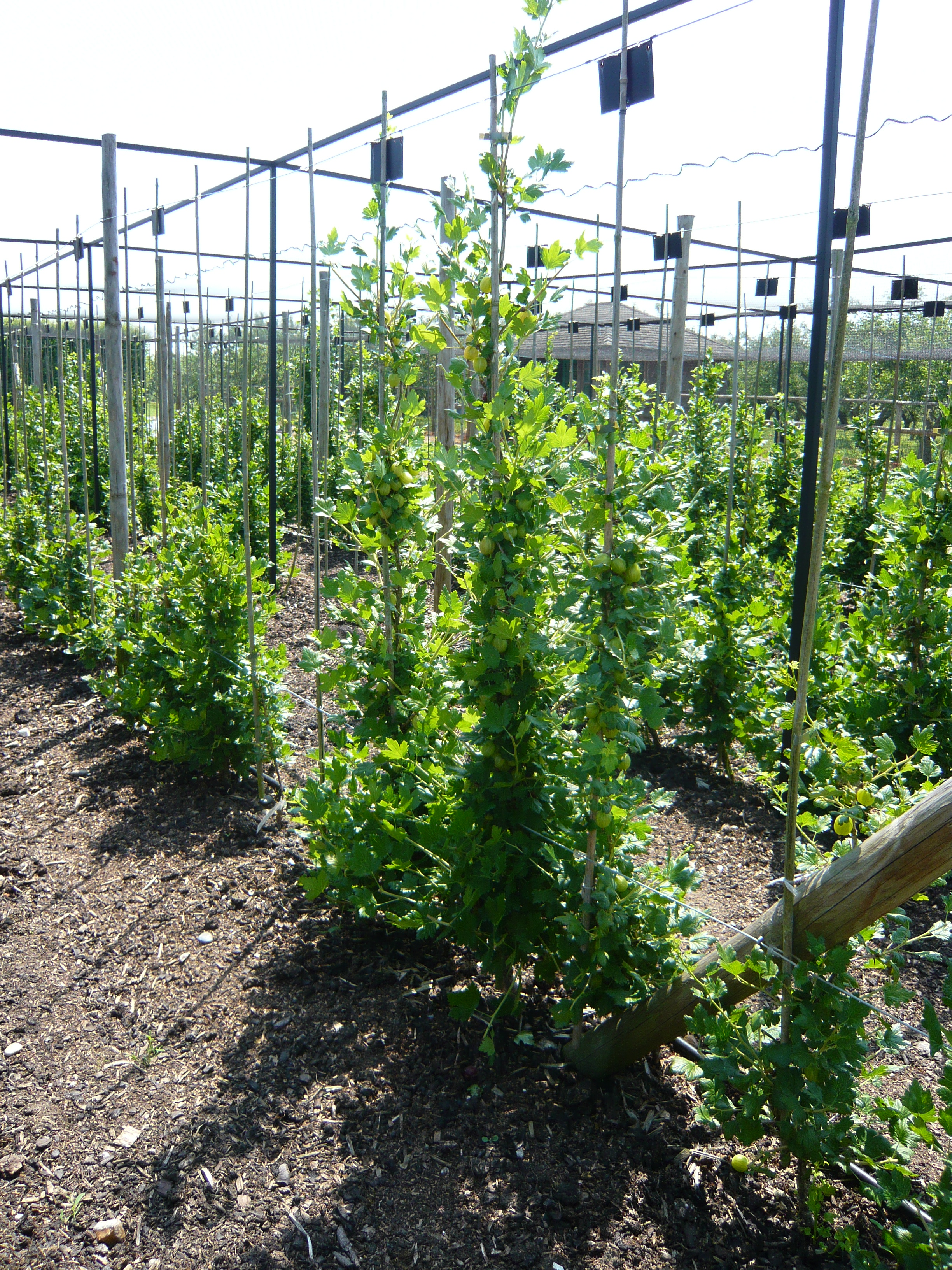
As I noted at the beginning, I consider that good preparation – as with anything in life – always pays off. You might get away with planting fruit trees and plants anywhere without thought of the ground condition and aspect, but you are unlikely to achieve longevity or good growth.
